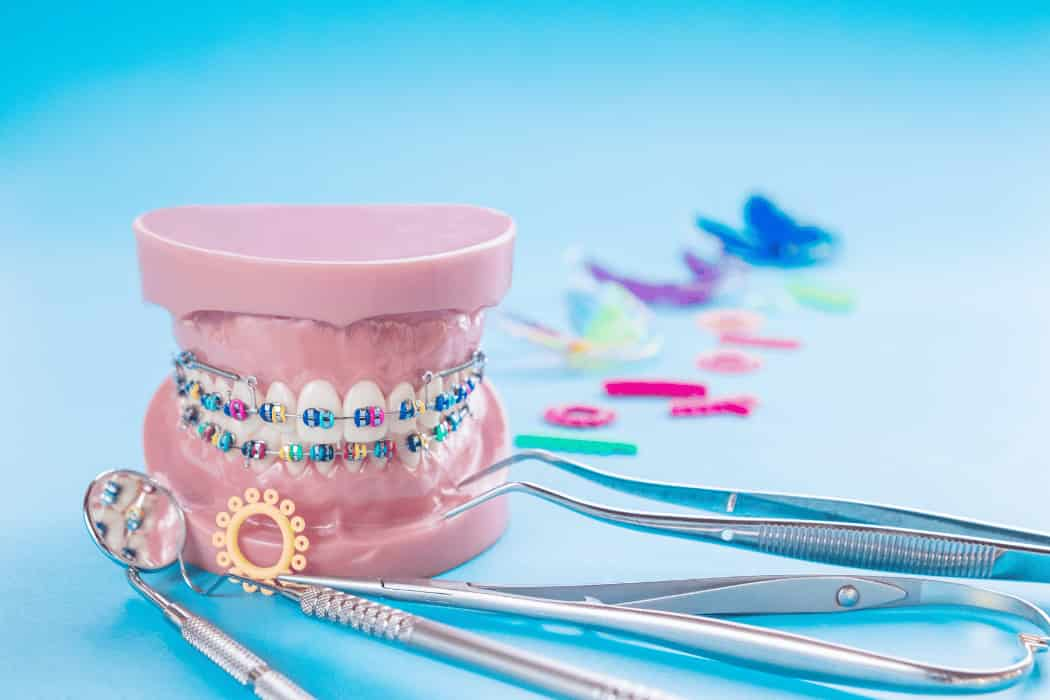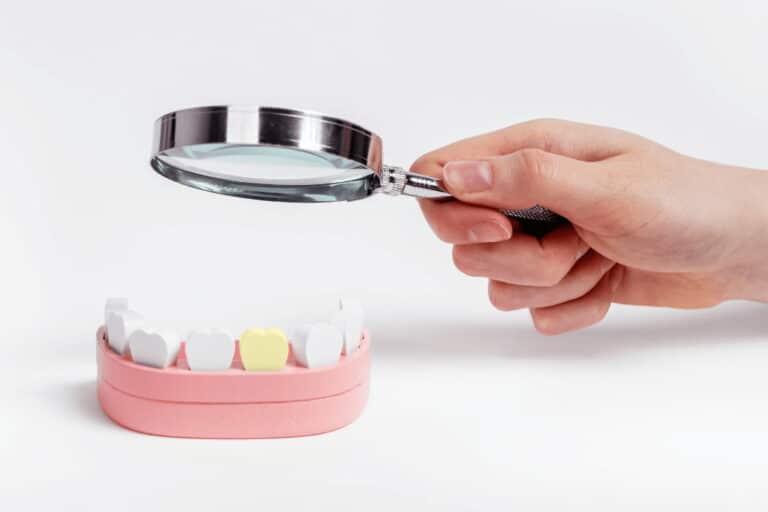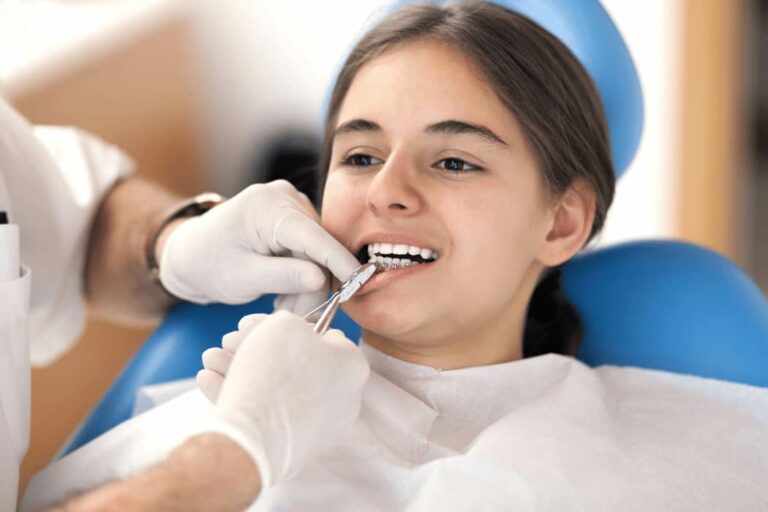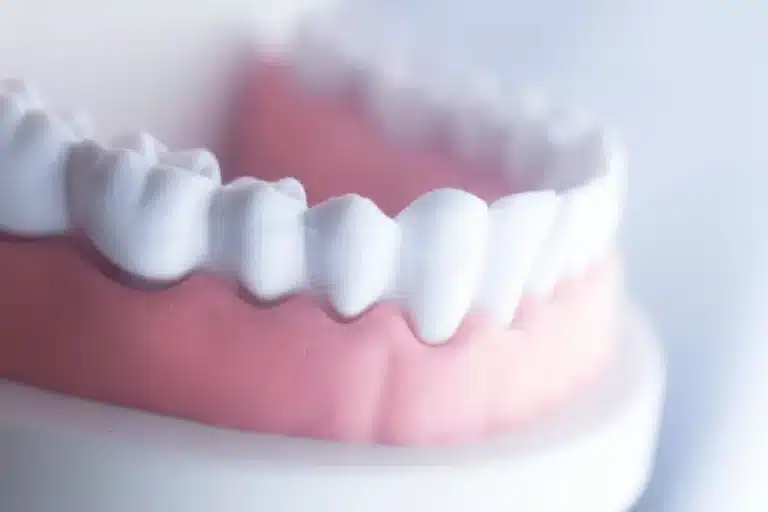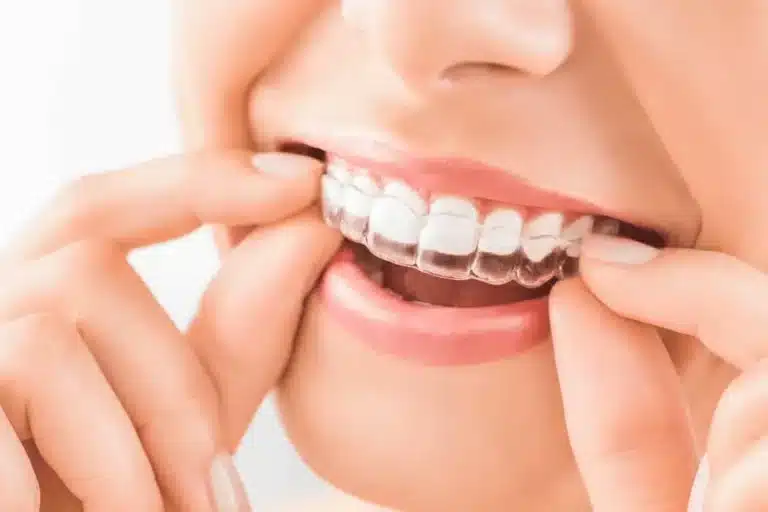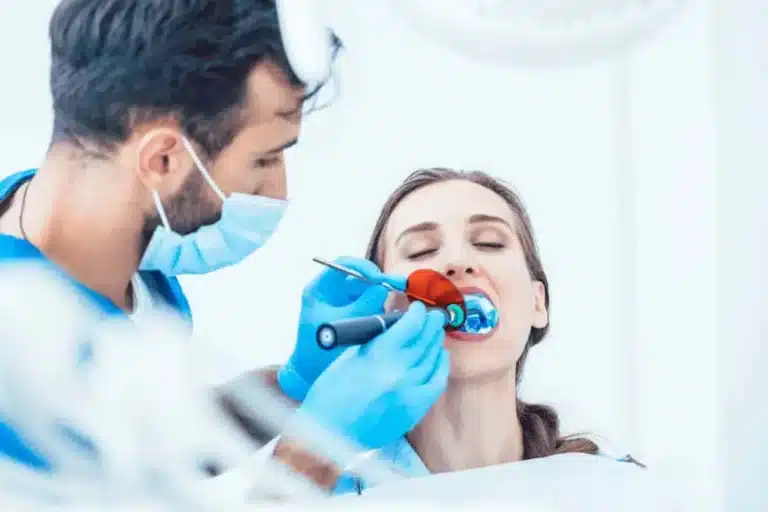Orthodontics Unveiled: Transformative Solutions for Your Smile
A confident smile is a powerful asset, and orthodontics plays a key role in transforming smiles. From traditional braces to innovative aligner systems, Dentist in Frisco TX will unveil the world of orthodontics, exploring transformative solutions that go beyond aesthetics to enhance oral health and overall well-being.
I. The Basics of Orthodontics
A. Definition and Purpose
Orthodontics is a specialized field of dentistry that focuses on the diagnosis, prevention, and treatment of dental and facial irregularities. The primary purpose is to achieve a balanced and harmonious smile by addressing issues such as misaligned teeth, bite problems, and jaw discrepancies.

B. Beyond Aesthetics
While a beautiful smile is a visible outcome of orthodontic treatment, the benefits extend beyond aesthetics. Properly aligned teeth contribute to better oral health, reducing the risk of issues like cavities, gum disease, and jaw discomfort.
II. Common Orthodontic Solutions
A. Traditional Braces
Traditional braces consist of metal brackets attached to the teeth, connected by wires and bands. They apply gentle pressure to gradually move teeth into their proper positions. Despite their classic appearance, modern braces are more comfortable and efficient than ever.
B. Clear Aligners
Clear aligners, such as Invisalign, have gained popularity for their discreet and removable nature. These custom-made, transparent trays gradually shift teeth into alignment. Clear aligners offer a convenient and aesthetically pleasing alternative to traditional braces.
C. Lingual Braces
Lingual braces are placed on the backside of the teeth, making them virtually invisible. This option is ideal for individuals who desire effective treatment without the appearance of visible braces. Lingual braces are custom-designed for each patient.
III. Benefits of Orthodontic Treatment
A. Improved Oral Health
Properly aligned teeth are easier to clean, reducing the risk of plaque buildup, cavities, and gum disease. Orthodontic treatment contributes to optimal oral health by creating a well-aligned and easily maintainable smile.
B. Enhanced Functionality
Orthodontic treatment not only improves aesthetics but also enhances the functionality of the teeth and jaw. Correcting bite issues and misalignments can lead to better chewing, reduced wear on teeth, and improved overall oral function.
C. Increased Confidence
A straight and attractive smile often results in increased self-confidence. Orthodontic treatment addresses not only physical alignment but also the psychological aspects of a patient’s well-being, boosting confidence and self-esteem.
IV. The Orthodontic Process
A. Initial Consultation
The orthodontic journey begins with an initial consultation. During this visit, the orthodontist assesses the patient’s oral health, takes diagnostic images, and discusses treatment options based on individual needs and goals.
B. Customized Treatment Plan
Following the initial assessment, the orthodontist develops a customized treatment plan. This plan outlines the specific orthodontic solution, expected duration of treatment, and any necessary preparatory steps.
C. Active Treatment Phase
The active treatment phase involves the application of braces or aligners. Regular appointments are scheduled for adjustments, progress assessments, and any necessary modifications to ensure the desired results are achieved.
D. Retention Phase
After completing the active treatment, patients enter the retention phase. This involves wearing retainers to maintain the achieved alignment and prevent teeth from shifting back. Retainers play a crucial role in ensuring the long-term success of orthodontic treatment.
V. Choosing the Right Orthodontic Solution
A. Considerations for Adults
Orthodontic treatment is not limited to adolescents. Many adults seek orthodontic solutions to address long-standing concerns or changes in tooth alignment over time. Clear aligners and lingual braces are popular choices for adults seeking discreet options.
B. Pediatric Orthodontics
Early intervention in pediatric orthodontics can address developing issues and guide proper jaw and tooth alignment. Orthodontic evaluation for children is recommended around the age of 7 to detect potential problems and plan for timely intervention.
Conclusion
Orthodontics goes beyond straightening teeth; it’s about transforming smiles and enhancing overall well-being. Whether opting for traditional braces, clear aligners, or lingual braces, individuals can achieve a harmonious and confident smile. Embracing orthodontic solutions is an investment in oral health, functionality, and the lasting beauty of your smile. Consult with an orthodontist to unveil the transformative possibilities for your unique dental journey.

